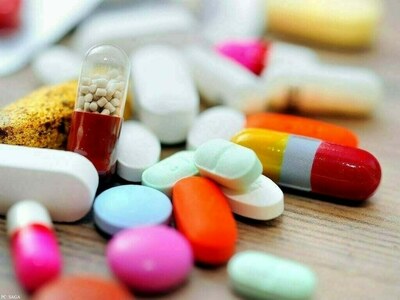Pakistan’s Pharmaceutical Exports Achieve Two-Decade High
Pakistan’s pharmaceutical exports experienced substantial growth in the fiscal year concluding on June 30, 2025, achieving a two-decade high of 34%. This performance positioned the sector as the fifth fastest-growing export category in the nation, with international sales of domestically produced medications reaching $457 million in FY25.
The Pakistan Pharmaceutical Manufacturers’ Association (PPMA) indicated that pharmaceutical exports totaled $341 million in the previous fiscal year, FY24.
According to the association, this 34% surge marks the most significant increase in pharmaceutical exports in the last twenty years. The previous peak was noted in 2009, with a growth rate of 32%.
Furthermore, the export of therapeutic goods, encompassing pharmaceuticals, surgical supplies, food supplements, medical devices, and nutraceuticals, amounted to $909 million in FY25, nearing the $1 billion mark by just $91 million.
Impact of Government Policies
PPMA chairman Tauqeer Ul Haq stated that the pharmaceutical exports achieved a historic 34% growth in FY25, attributing this success to the government’s favorable pricing policies. He noted that the deregulation of non-essential medicines in February 2024 enabled pharmaceutical companies to prioritize exports.
He emphasized that the deregulation policy aligned with international standards. This allowed pharmaceutical firms to adjust medicine prices in response to inflation, invest in expanding production lines, improve access to essential medicines, and eliminate excessively high prices in the black market.
Moreover, the deregulation policy encouraged foreign pharmaceutical companies to remain in the country and invest further in expansion and innovation.
He added that additional investments by both domestic and foreign pharmaceutical firms would facilitate local vaccine production and the manufacturing of active pharmaceutical ingredients (APIs), thereby reducing import costs, promoting import substitution, and enhancing self-reliance in the sector.
Key Export Destinations
Syed Hassan Arsalan, an export representative from The Searle, mentioned at the International Center for Chemical and Biological Sciences (ICCBS), University of Karachi, that Afghanistan remains the primary export destination for Pakistani-made medicines, followed by the Philippines. Exports are also directed to Sri Lanka, Uzbekistan, and French West Africa.
“Iraq is emerging as a promising market for Pakistan, demonstrating a strong demand for our products. Additionally, Kenya in Africa is a potential export market. We also have Vietnam, Myanmar, and Thailand,” he added.
Nadeem Rahmat from PharmaEvo noted that the global pharmaceutical market is projected to reach $1.5 trillion by 2030. Furthermore, the generic export market, valued at $600 billion, presents a significant opportunity for Pakistan.
Analyst Perspectives
Muryum Palekar, an analyst at Optimus Capital Management, commented that Pakistan currently exports to less regulated markets in Asia and Africa. Presently, exports account for approximately 5-7% of the revenue for most pharmaceutical companies in the country.
“With major pharmaceutical exporters like India and China shifting their focus towards research and development, Pakistan has a considerable opportunity to capitalize on the generics market, which is in high demand in low and middle-income countries with significant disease burdens,” Palekar concluded.



Comments (0)
No comments yet. Be the first to comment!
Leave a Comment